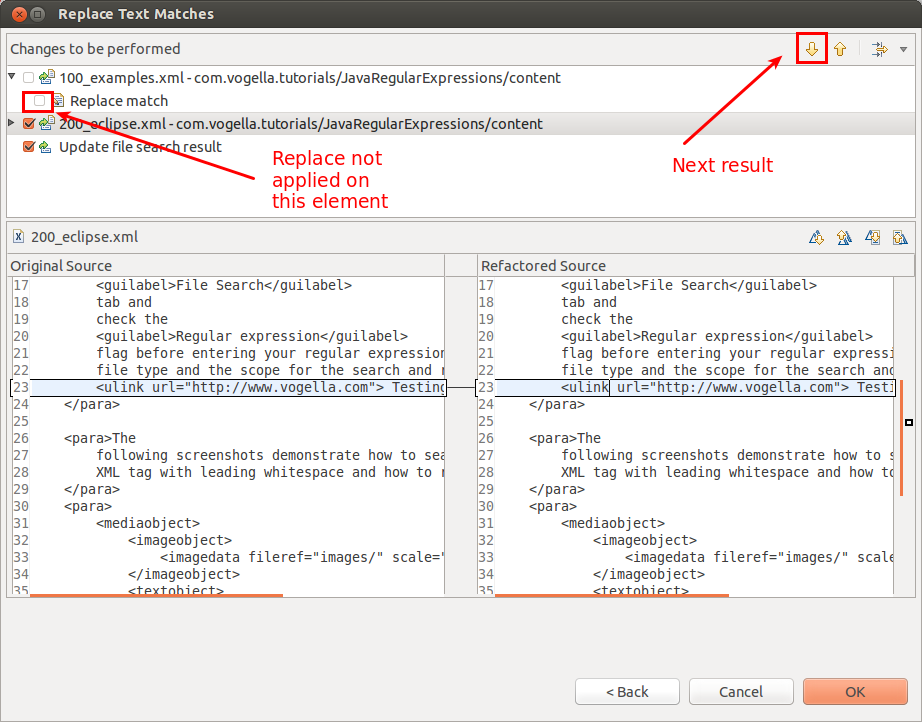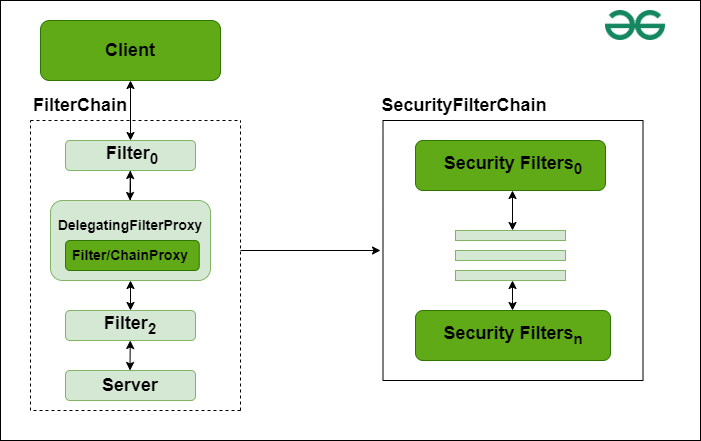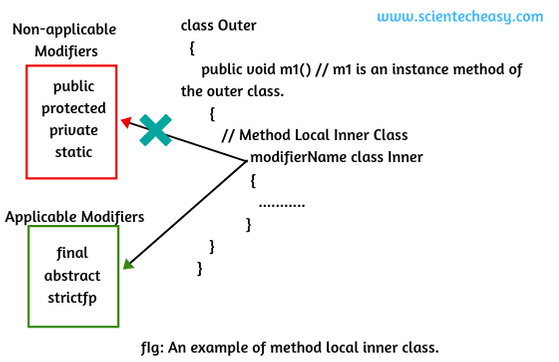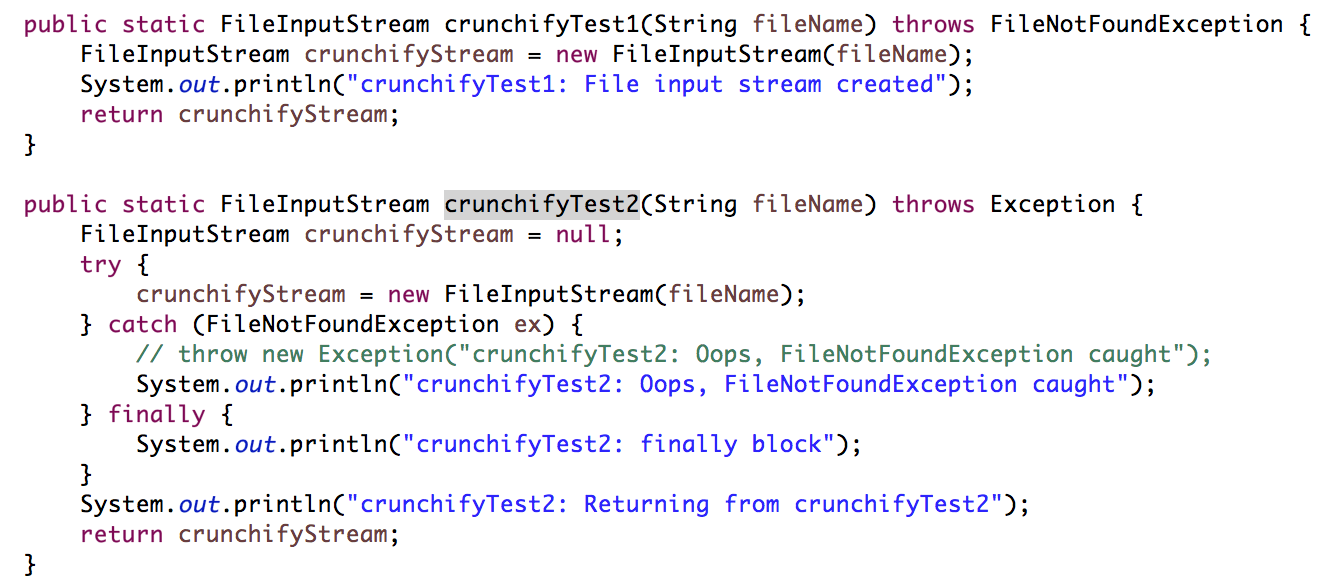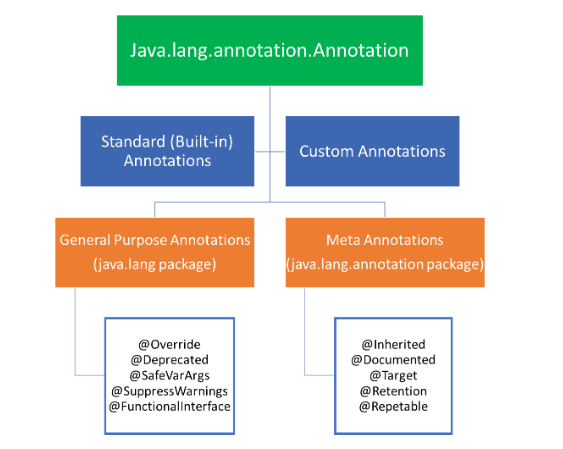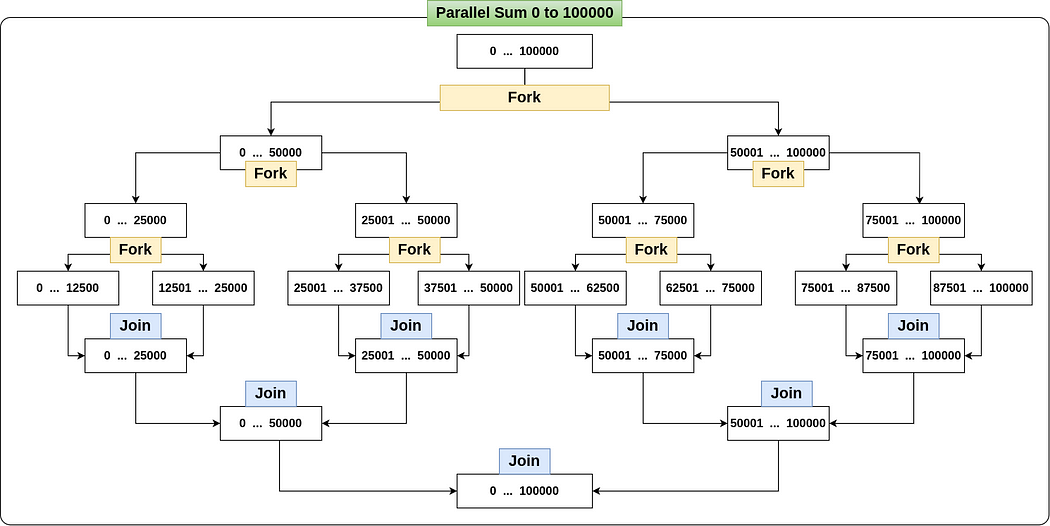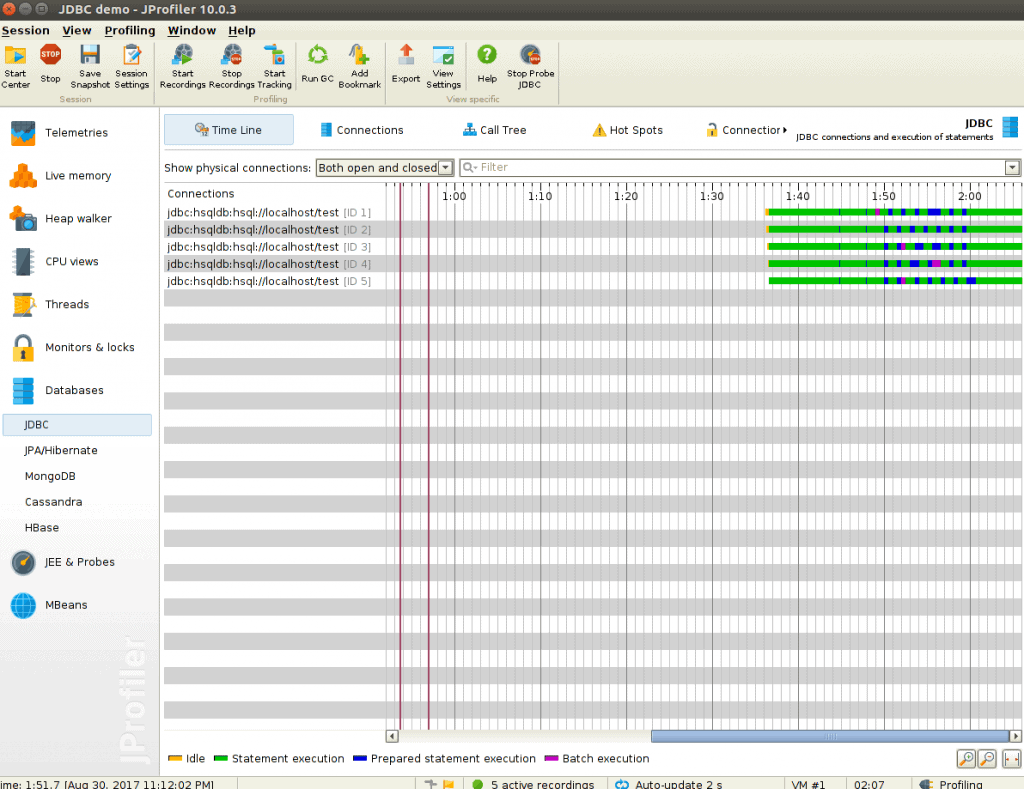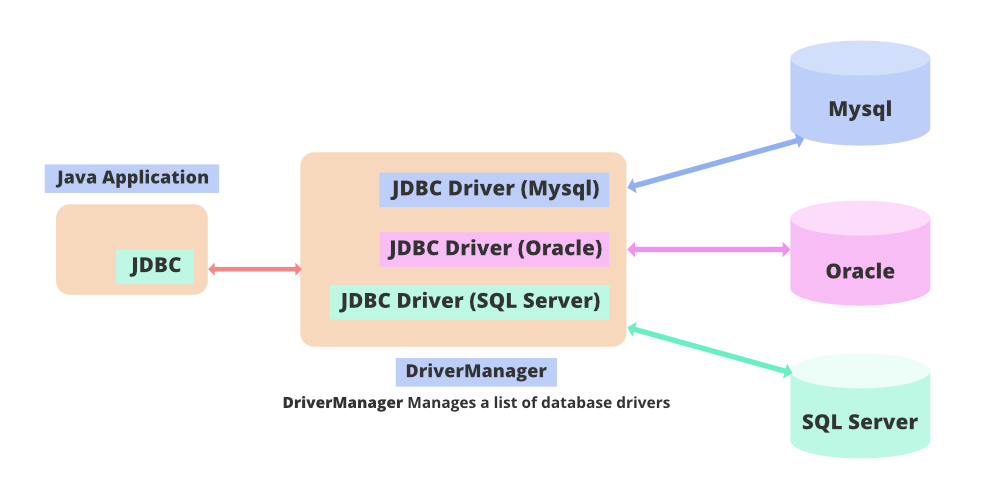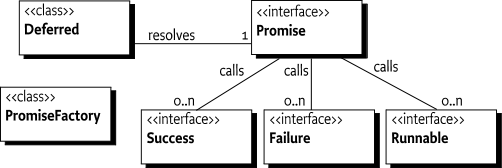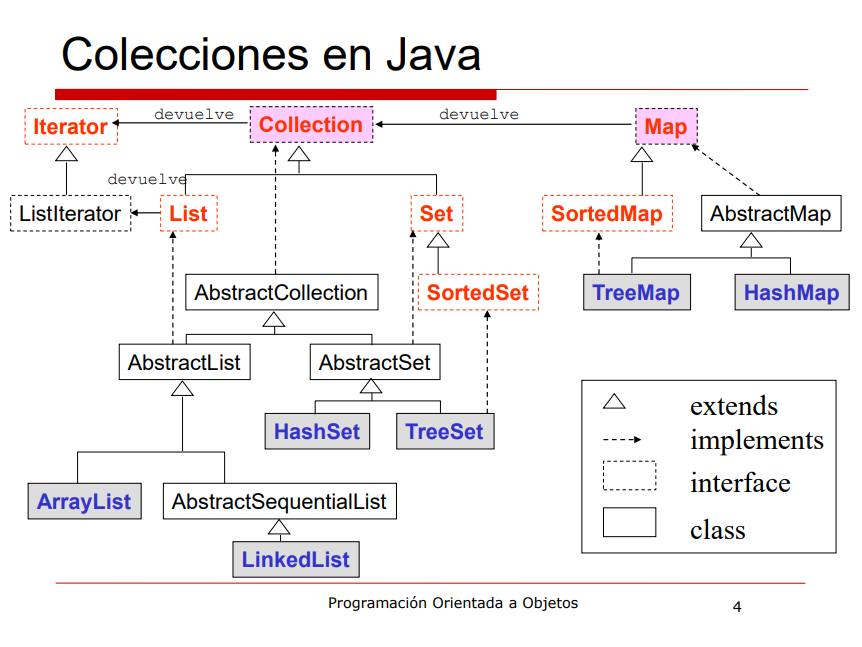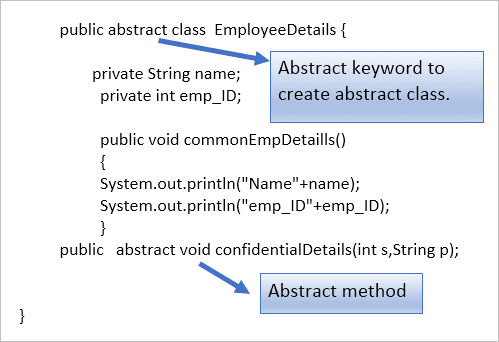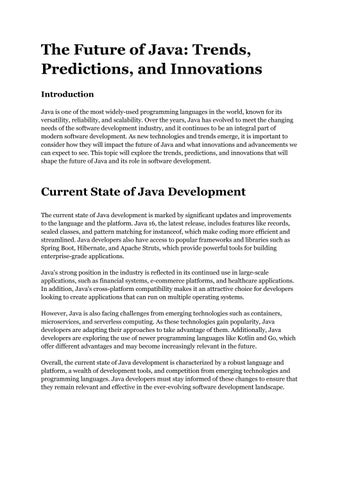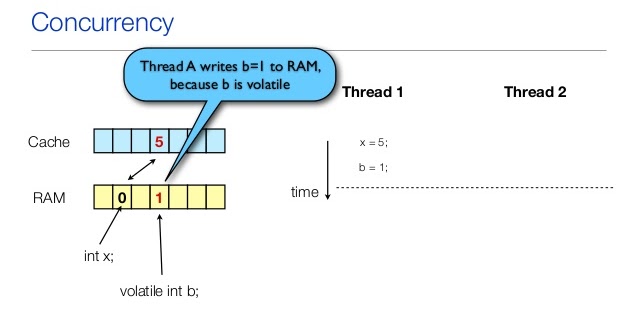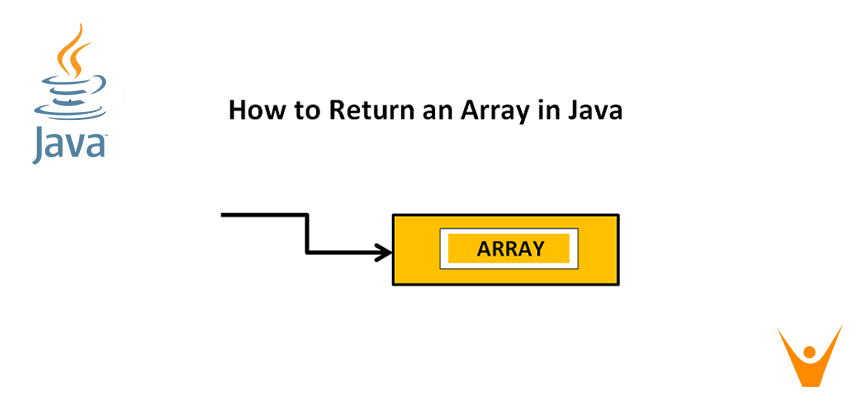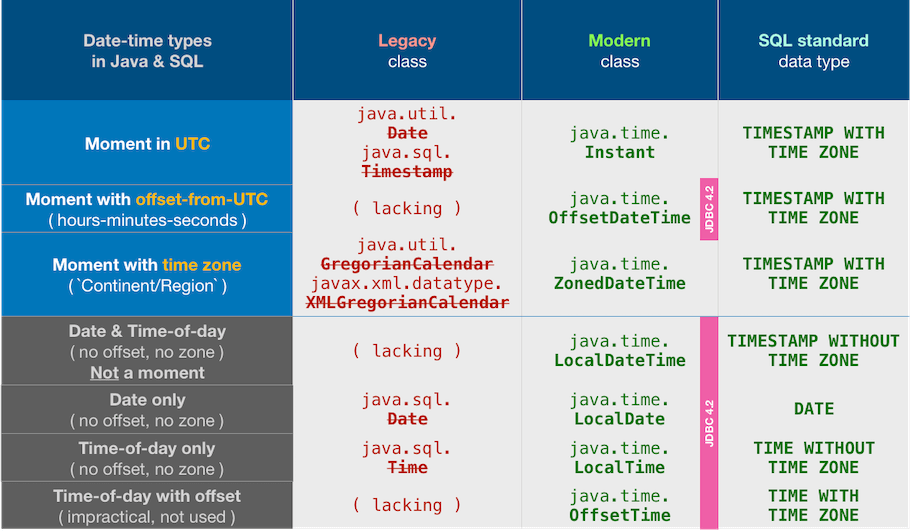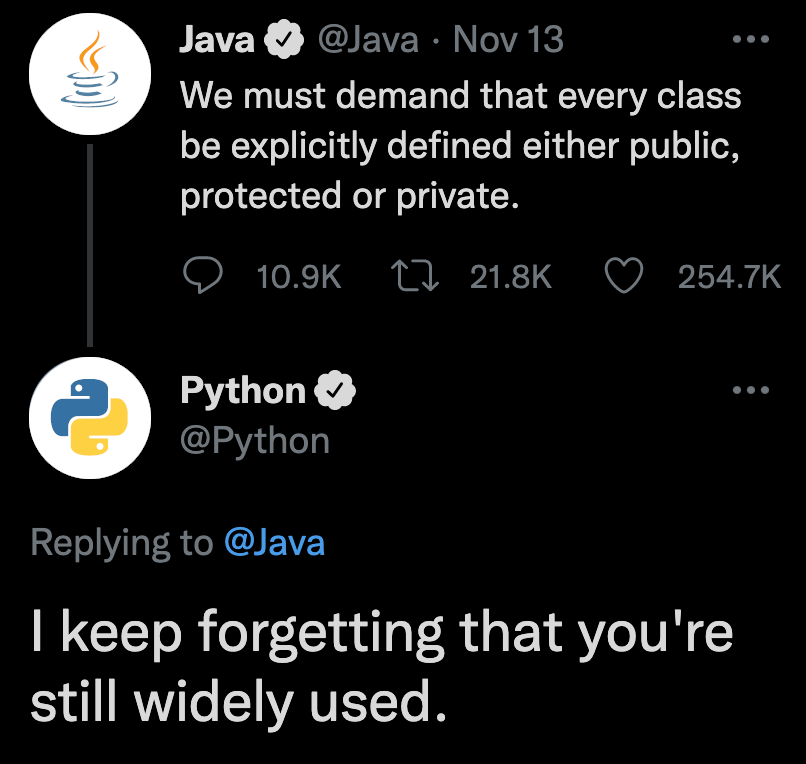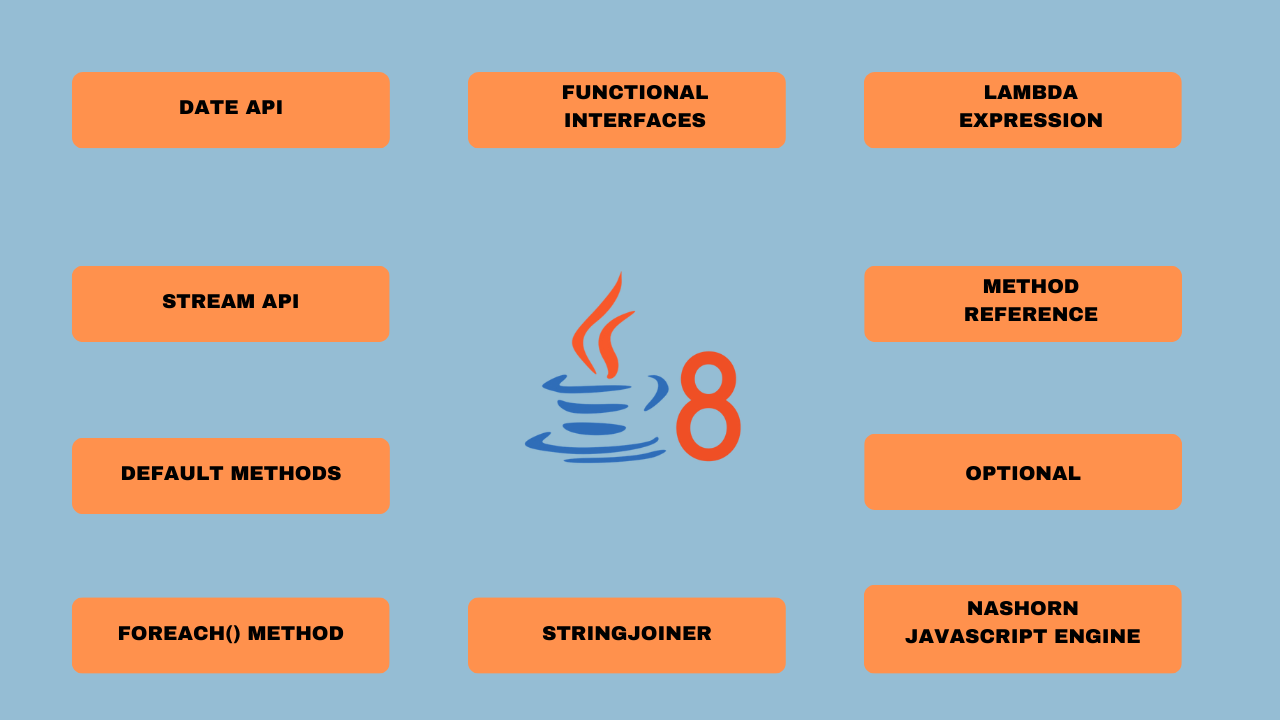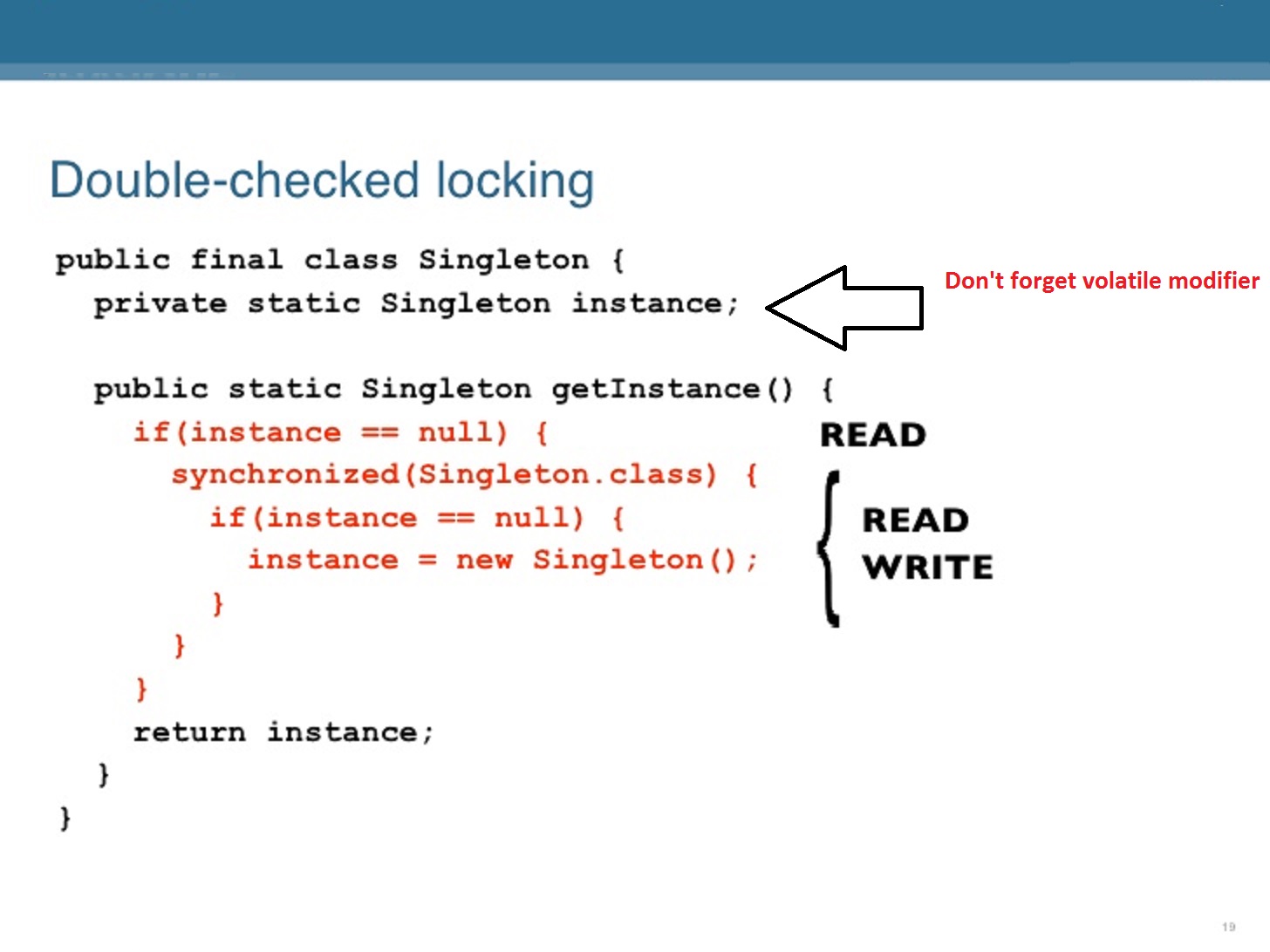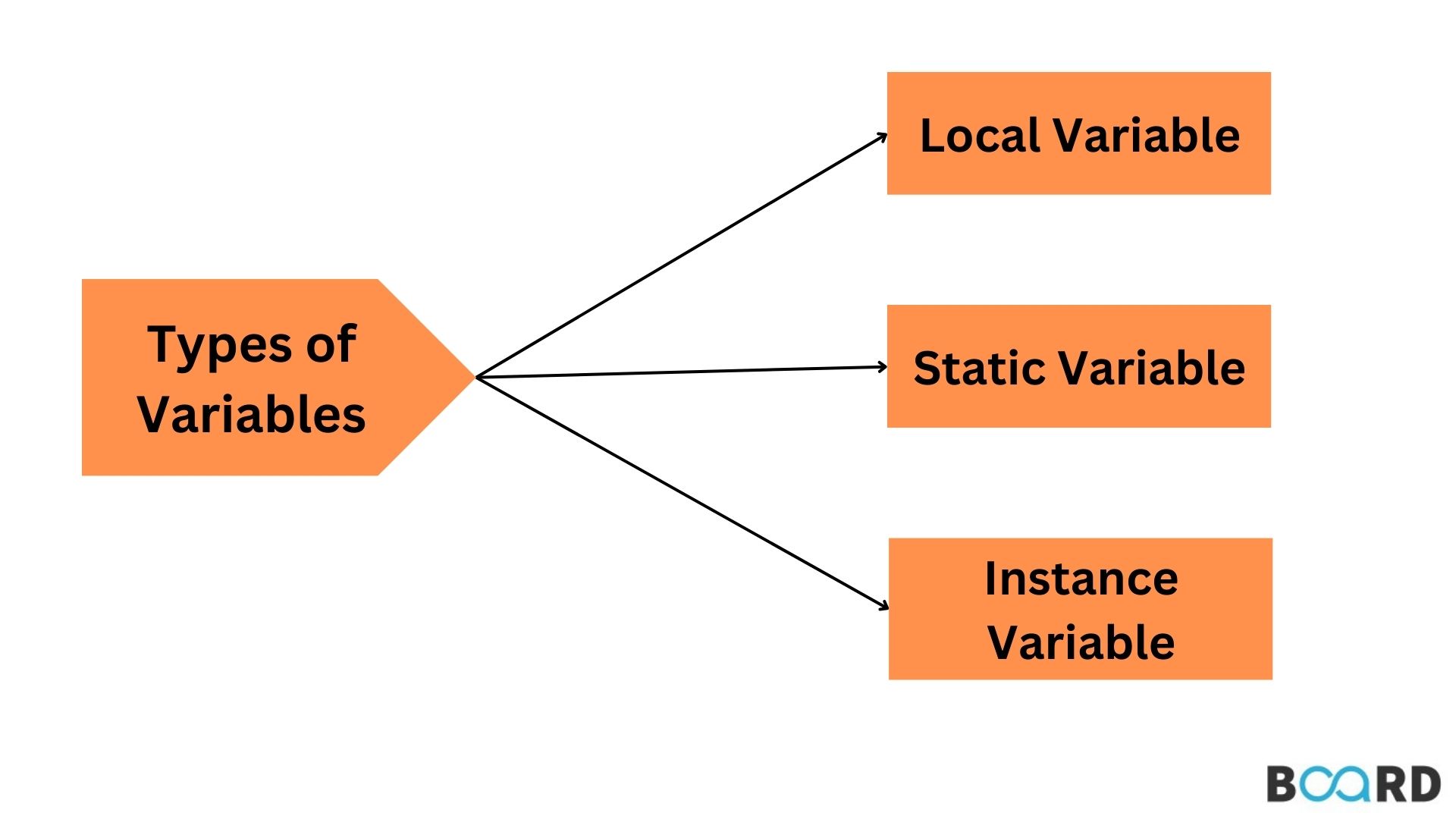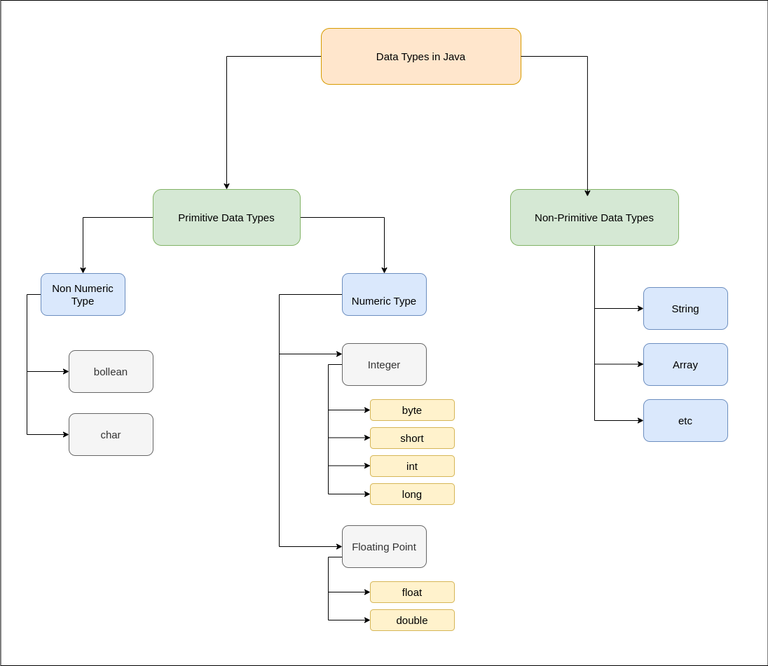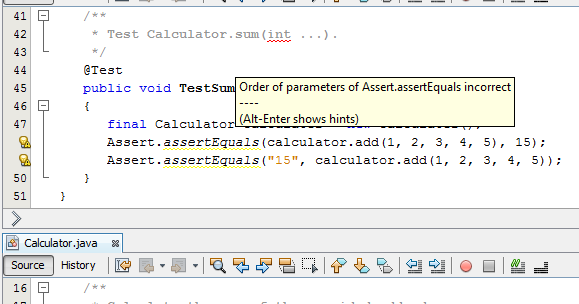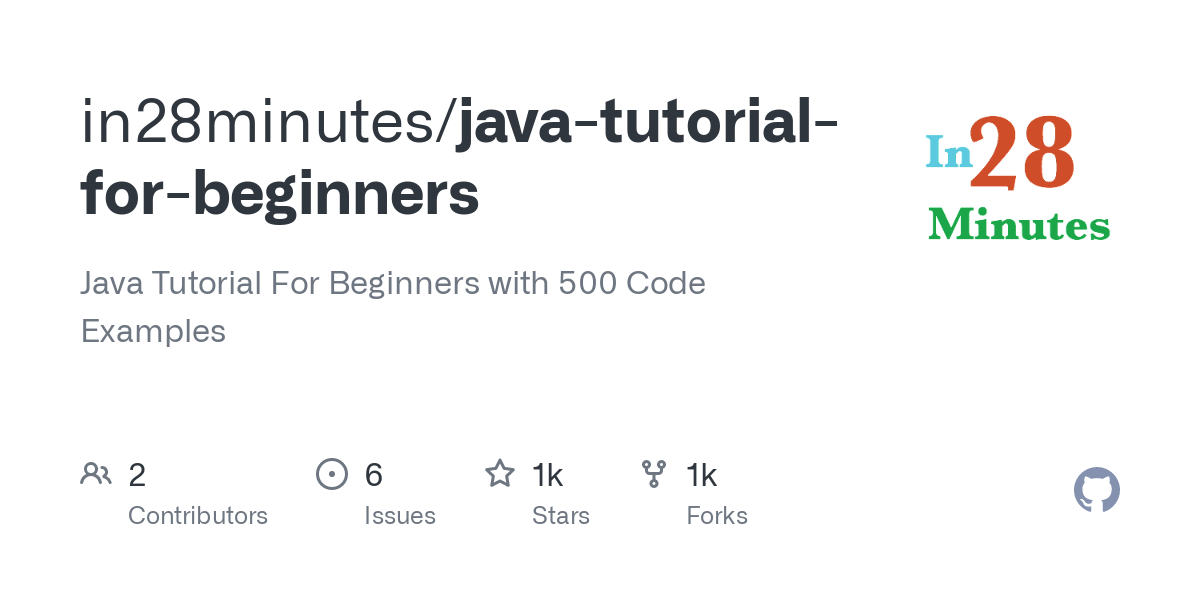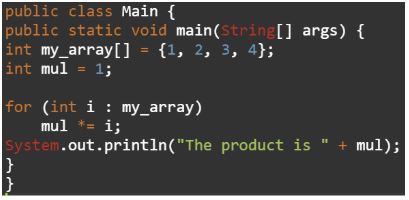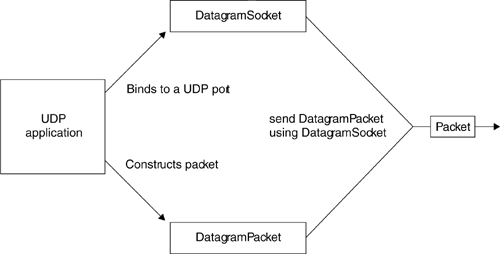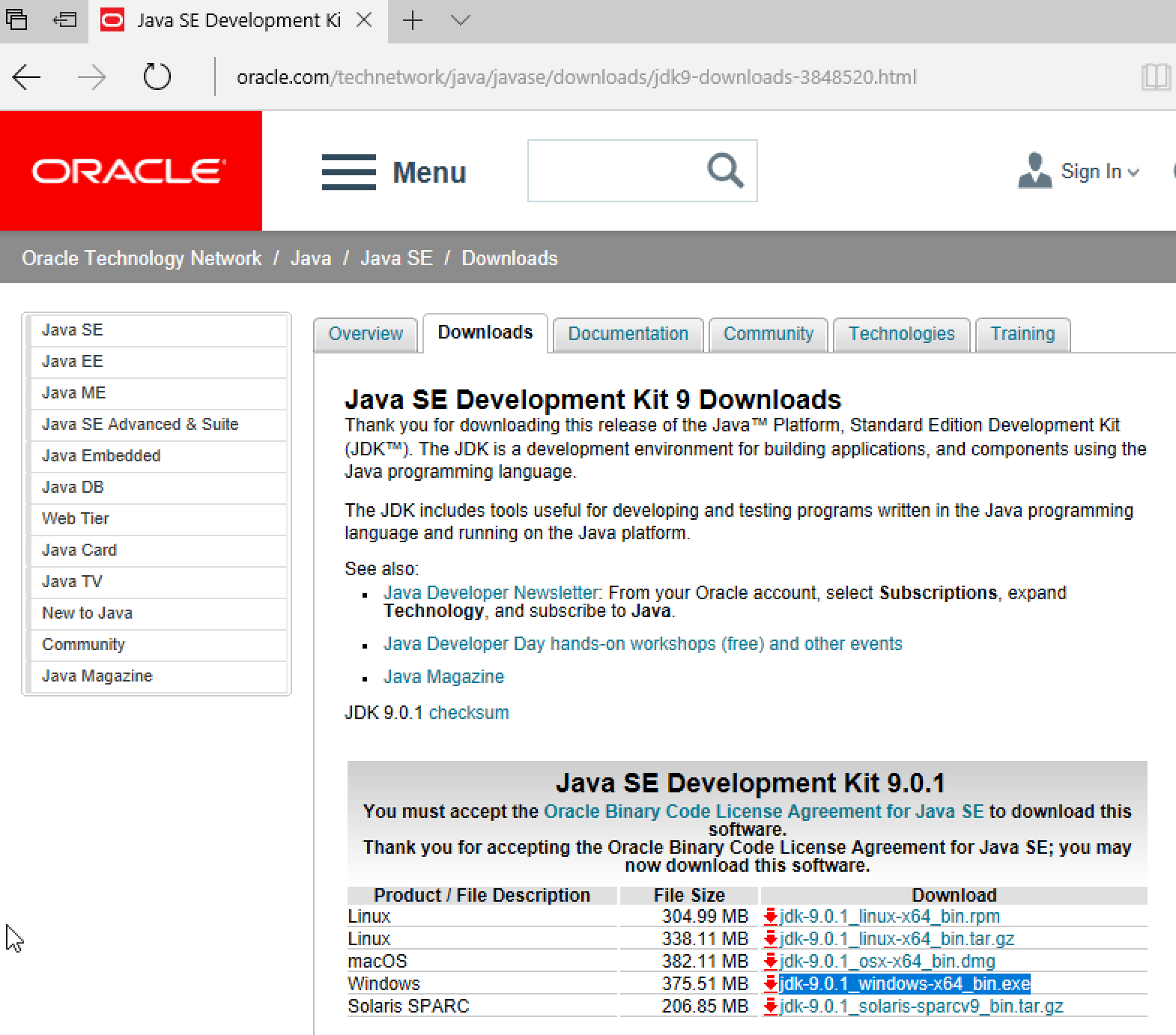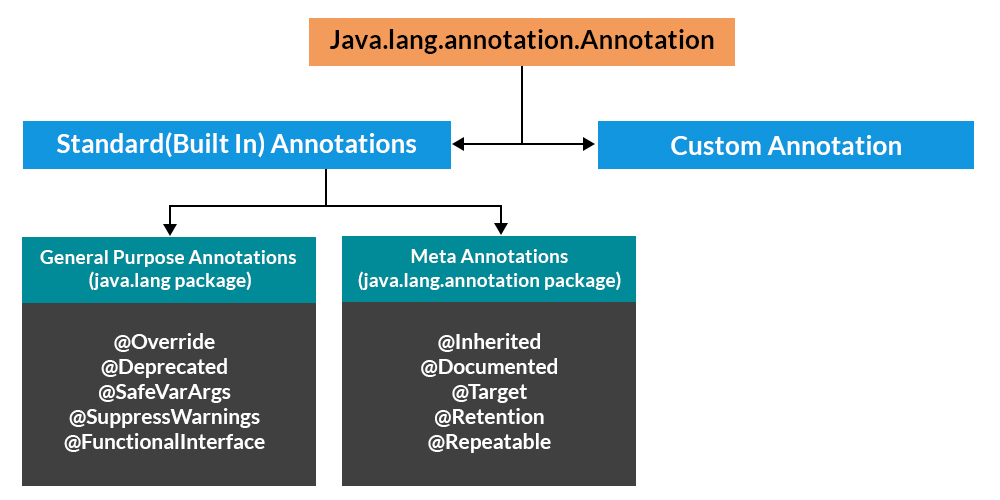How to throw an error in Java
How to throw an error in Java
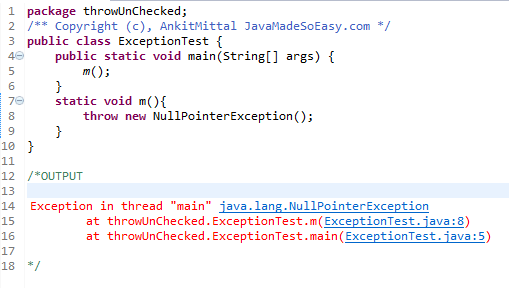
Here are the steps to throw an error in Java:
To throw an error in Java, you can use the throw keyword followed by the exception object that you want to throw. Here's a simple example:
public class Example {
public void method() {
try {
// Code that might cause an error
int i = Integer.parseInt("Not an integer");
} catch (Exception e) {
// Catch the exception and rethrow it with a custom message
throw new RuntimeException("Error occurred", e);
}
}
}
In this example, the code inside method() is trying to parse a string that's not an integer. This will cause an java.lang.NumberFormatException to be thrown. The try-catch block catches this exception and rethrows it as a RuntimeException, with a custom message indicating what went wrong.
You can also throw an error using the throw keyword without a catch block:
public class Example {
public void method() {
// Code that might cause an error
int i = Integer.parseInt("Not an integer");
throw new RuntimeException("Error occurred");
}
}
In this case, if you run the code with this exception-throwing method(), it will immediately stop and print out a stack trace indicating where the error was thrown.
It's also possible to create your own custom exceptions using classes that extend the Exception class. Here's an example:
public class MyException extends Exception {
public MyException(String message) {
super(message);
}
}
public class Example {
public void method() throws MyException {
// Code that might cause an error
if (/* some condition */) {
throw new MyException("Something went wrong");
}
}
}
In this case, the method() is declared to throw a MyException, and you can use the throw keyword inside it to actually throw the exception.
Java also supports checked exceptions, which are errors that must be explicitly caught or thrown by the code. Checked exceptions are subclasses of Exception, but not of RuntimeException. Here's an example:
public class Example {
public void method() throws IOException {
// Code that might cause an error
try {
// Open a file, which might fail
FileReader fileReader = new FileReader("non-existent-file.txt");
} catch (IOException e) {
throw e;
}
}
}
In this case, the method() is declared to throw an IOException, and you must either catch that exception or declare it in your method signature.
It's worth noting that Java also supports unchecked exceptions, which are subclasses of RuntimeException. Unchecked exceptions do not need to be caught or declared in a method.
When to use throw in JavaScript?

The throw statement in JavaScript! It's a mighty powerful tool for handling errors and exceptions. So, when do we use it?
When to Throw an Error
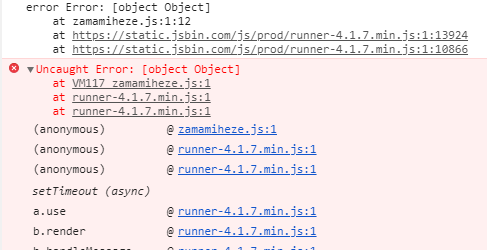
In JavaScript, you can use the throw statement to explicitly throw an error or exception from your code. This is useful when you want to:
throw. This allows the error to propagate up the call stack until it reaches a suitable handler or the global scope.
Types of Errors
JavaScript provides three types of errors:
Error: The base type for all errors. You can create custom error objects that inherit fromError. SyntaxError: Thrown when there's an issue with the code syntax, like an unclosed string literal. ReferenceError: Occurs when you try to access a non-existent property or variable.
Example Usage
Here are some examples of using throw in JavaScript:
// Example 1: Throw an error explicitly
function divide(a, b) {
if (b === 0) {
throw new Error("Cannot divide by zero!");
}
return a / b;
}
try {
console.log(divide(10, 2)); // OK
console.log(divide(10, 0)); // Throws an error!
} catch (e) {
console.error(e.message); // "Cannot divide by zero!"
}
// Example 2: Re-raise an exception
function outer() {
try {
inner();
} catch (e) {
if (e instanceof Error) {
throw e; // Re-throw the error
}
}
}
function inner() {
throw new Error("Something went wrong!");
}
Best Practices
When throwing errors, remember:
Be specific: Provide a meaningful error message that helps debugging. Handle errors locally: Try to handle errors in the same scope where they occur, rather than propagating them up the call stack. Usetry-catch blocks: Wrap your code in try-catch blocks to catch and handle exceptions.
In conclusion, throw is an essential statement in JavaScript for handling errors and exceptions. By understanding when to use it, you'll be better equipped to write robust and maintainable code that can withstand the unpredictable nature of programming!
